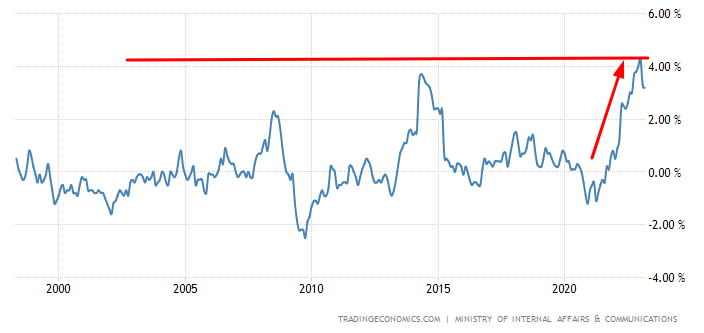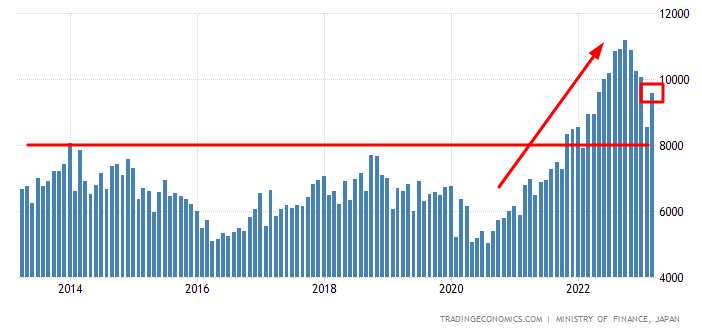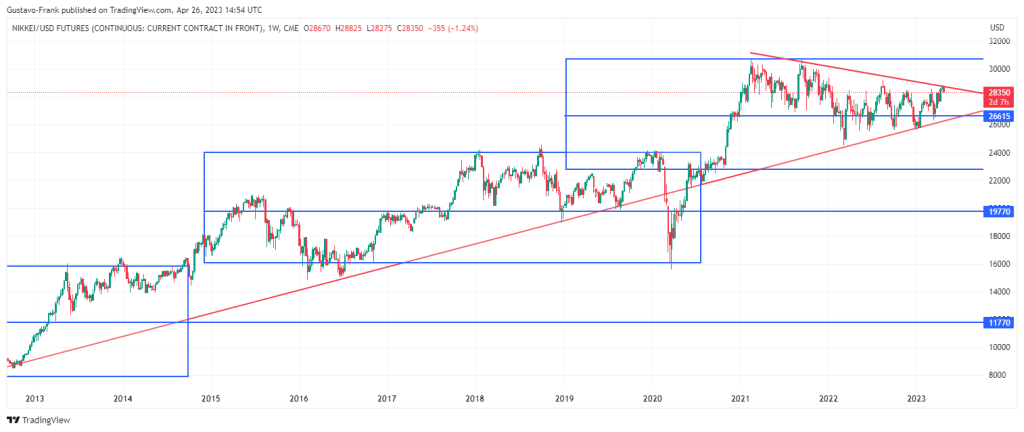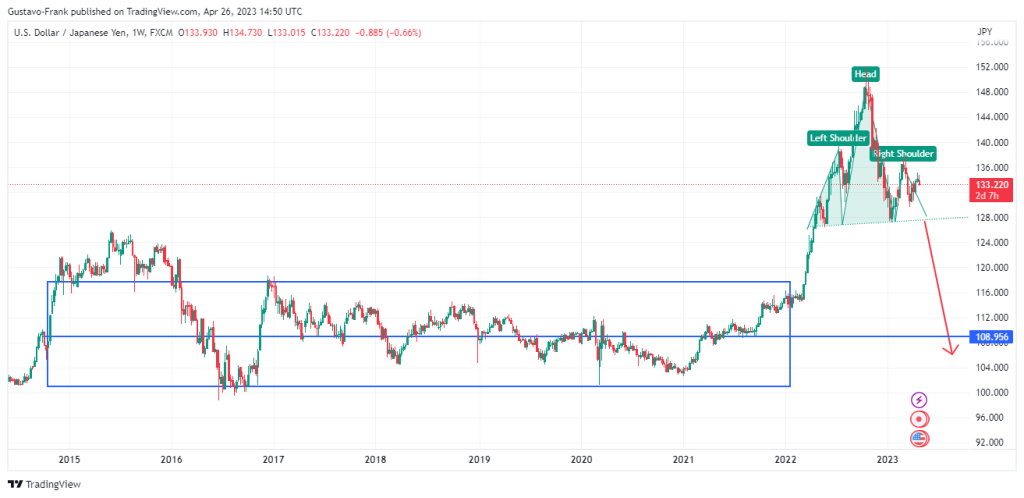- Speculation about possible changes in the Bank of Japan's monetary policy has been growing in recent days. The reason is the abandonment of stimulus measures in the wake of the pandemic. As originally described by the BoJ, it was "ultra-loose monetary policy with close monitoring of the evolution of the pandemic", for many synonymous with a liquidity free-for-all.
The eyes of many analysts are on the world’s third-largest economy and Asia’s second largest, Japan.
Speculation about possible changes in the Bank of Japan’s monetary policy has been growing in recent days. The reason is the abandonment of stimulus measures in the wake of the pandemic. As originally described by the BoJ, it was “ultra-loose monetary policy with close monitoring of the evolution of the pandemic”, for many synonymous with a liquidity free-for-all.
Paradoxically, an economy like Japan’s, with decades of monetary easing, seems to be coping better with inflation than the rest of the world. Its inflation rate remains below 4%, perhaps in part due to the skills and monetary discipline that the Bank of Japan has shown in recent years; it has experience in troubled waters.

Economic implications: record trade deficits and corporate bankruptcies.
For starters, the announcement of the end of pandemic restrictions has revived the tourism sector and hotel rates have rebounded by more than 30% compared to 2022.
High energy costs in recent months, coupled with a steadily weakening yen, down 16.5% year on year, and high imports, have pushed Japan’s trade deficit to record levels.

In addition, despite having inflation below 4%, it is well above Japan’s average inflation rate, which has led major companies to agree to the largest wage increase in 25 years.
This, together with the end of government aid due to covid-19, has led to a record number of companies filing for bankruptcy in Japan, 809 this month, up 40% from the previous month.
Speculative strategies:
The Nikkei index shows strong resistance above 29000 points. Also, the solid uptrend of the last 10 years shows a wedge formation which could surprise with corrections towards 24000 or 22000 points. This would fit in a context of historical changes in its monetary policy, should it finally become more severe.

Interestingly, its currency against the dollar is showing a spectacular potential bearish pattern. If completed, the shoulder head shoulder structure that is forming, could project USDJPY Asia near 109 if 128 is lost.
For those who think that this move would be far-fetched, just remind them that in 2022 we could see a USDJPY move past that 109 yet I recalled 152 ever seen in the last 30 years.

We are certainly in very interesting times for the Japanese economy.
Please remember that the purpose of this article is not to advise or influence any reader’s trading judgment. Financial markets involve high risk, please consult your financial advisor before investing.




